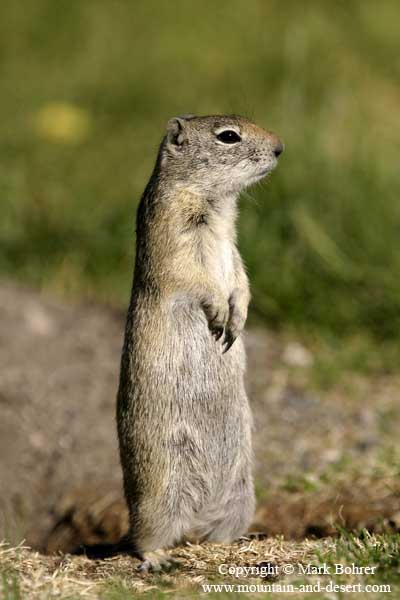
We may have time to start this topic on Monday February 2nd so it would help if you take a look at this before then.
Lecture Video: http://mediacast.ttu.edu/Mediasite/Play/20ade8c97b0b40af8eaab29ae07eee6f1d?catalog=4dc7289a-d3e0-4ae5-8fdc-5b86c027a06b
IMPORTANT NOTE!!!
For the next several lectures we will be using math and graphs to help us explore population ecology. From my experience teaching this topic in the past, many of you will experience some difficulties with this material because you are not confident when dealing with math and graphs.
Rather than introducing the concepts to you in lecture and then having you work on activities to help you master the material out of class, this year I would like to "flip the class". This year I would like for you to study the material before coming to class so that we can use the class time to answer your questions and to help you master the material.
Assignment- Before
Wed December 30th, I expect that you will have read the following post and are able to meet all of the expected learning outcomes listed below. If you have not mastered the material in this blog, then you will find that you will be
hopelessly lost in the lectures that follow!!
Expected Learning Outcomes
By the end of this course, a fully engaged student should be able to
- define b, d, r, B, D, dN/dt.
- identify and use the
proper units associated with each parameter
- use the correct algebraic equations to calculate each of these parameters
- be equally comfortable referring to these concepts verbally or via their algebraic symbols.
Basic Parameters of Population Ecology
Here is a brief introduction to some of the important parameters that we will need to understand to be able to study population ecology. For each of the parameters it is important that you know (1) the name of the parameter, (2) the algebraic symbol used to represent the parameter, (3) the units of measurement for the parameter, (4) how to calculate the parameter, and (5) how to describe (in words) what a particular value of that parameter means.
It is probably easiest for me to introduce these concepts using an example.
Imagine that in a population of 100 elephants that in one year 10 elephants are born and 5 elephants die.
1)
Population Size (N) units- individuals. Measures the number of individuals in a population.
N = 100 individuals
In this population of elephants, there are 100 individuals.
2)
Population Birth Rate (B) units- number of births per time. Measures the number of births per time that occur in a population.
B = 10 births/year
In this population, each year there are 10 births.
3)
Population Death Rate (D) units- number of deaths per time. Measures the number of deaths per time that occur in a population.
D = 5 deaths/year
In this population, each year there are 5 deaths.
4)
Population Growth Rate (dN/dt) units- number of idividuals per time. Measures the rate of change of the population size.
dN/dt = B - D
dN/dt = 10 births/year - 5 deaths/year = 5 individuals/year
In this population, the population size increases by 5 individuals each year.
5)
Per Capita Birth Rate (b) units- births per time per individual. Measures the number of births per time averaged across all members of the population.
b = B/N
b = (10 births/year)/100 individuals = 0.10 births/year/individual
In this population, each year 0.10 babies are born for each individual in the population.
6)
Per Capita Death Rate (d) units - deaths per time per individual. Measures the number of deaths per time averaged across all members of the population.
d = D/N
d = (5 deaths/year)/100 individuals = 0.05 deaths/year/individual
In this population, each year 0.005 individuals die for each individual in the population.
7)
Per Capita Growth Rate (r) units = individuals/time/individual. Measure the rate of change in population size averaged across all individuals. The per capita growth rate can be calcuated two ways.
a) r = b - d
r = 0.10 births/year/individual - 0.05 deaths/year/individual = 0.05 ind/year/ind
b) r = (dN/dt)/N
r = (5 individuals/year)/100 individuals = 0.05 individuals/year/individual
In this population, each year 0.05 individuals are added for each individual in the population.
Practice Problem
1. In a population of 50 tigers, in one year 10 tigers are born and 20 tigers die. What is B, D, dN/dt, b, d, r?
2. List the equation/equations for calculating the following parameters
a) b
b) the population growth rate
c) r



























